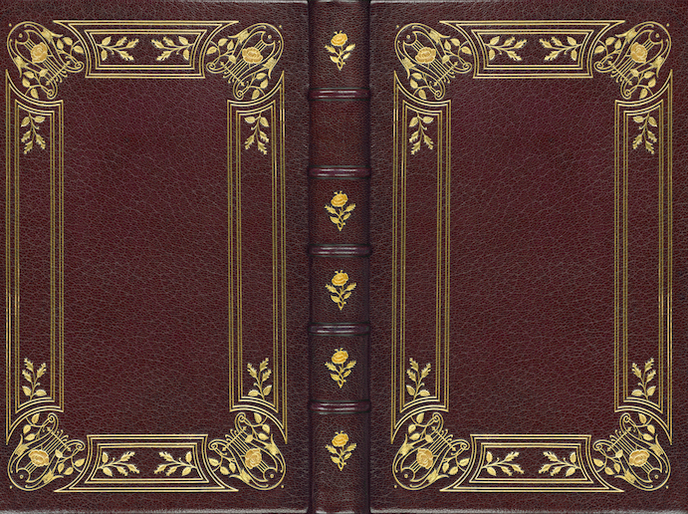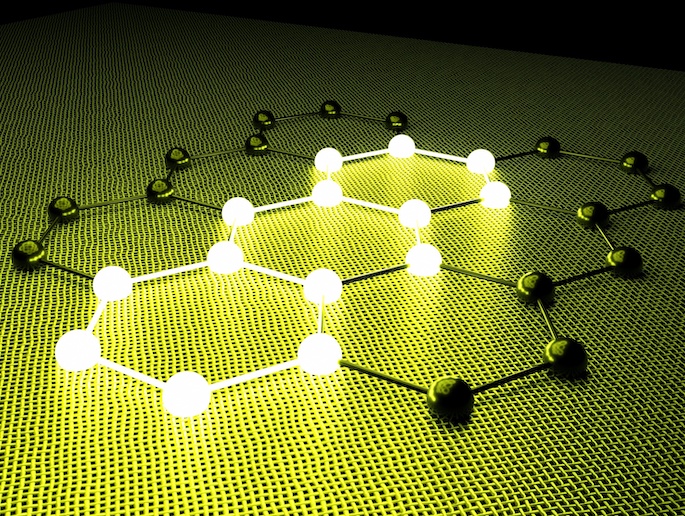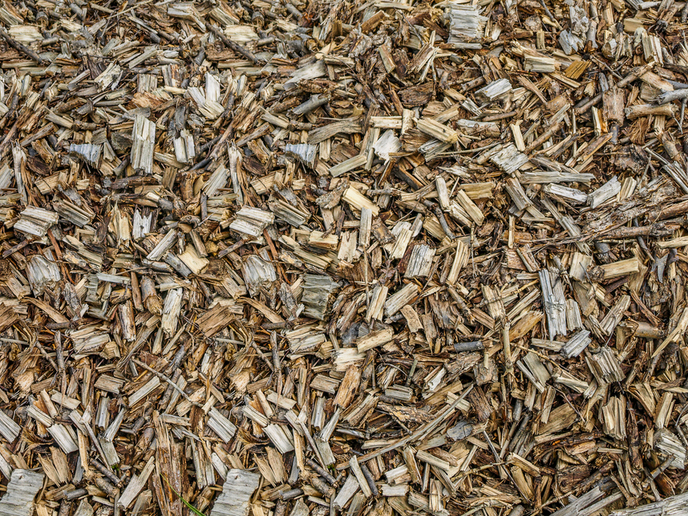Cold glue bookbinding benefits people, profits and the planet
Bookbinding has changed little for decades, almost always using hotmelt and polyurethane(opens in new window) (PUR) to join pages. As these methods rely on temperatures of 130-200 °C, they need costly (at least EUR 50 000) specialist equipment. Additionally, as the hotmelt process consumes high amounts of energy and produces CO2, it is harmful to the environment, with toxic and partly carcinogenic fumes jeopardising employee health. It also incurs high cleaning and labour costs. As an alternative, the EU-supported Ribler Technology project used cold glue technology (very rarely used), to bond paper at room temperature, with little energy required. Ribler Technology reduced glue consumption by 80 % and paper consumption by 5 %. EU funding enabled the project to conduct tests to further develop a prototype. The computer-aided design was completed last year and the prototype, incorporating three components already patented, should be completed this summer.
Coordinating machine and chemistry
The Ribler six-stage process includes fibre separation, an activator application, special cold glue nozzle application, and addition of a special cover. This was developed to overcome the previous disadvantages of cold glue. As cold glue is over 50 % water, it has to dry for the glue to cure. Using fibre separation, Ribler managed to achieve a gluing surface up to 450 % larger than a cut paper edge, as the activator changed the paper polarity so that the glue could penetrate into the fibre structure. The system also only needs 20 % glue quantity compared to hotmelt, with less water meaning less curing time. Also, as the Ribler cold glue process does not create sediment, the glue does not have to be constantly circulated with the need for additional units and a lot of energy. “If the adhesive strength needs to be adjusted, for special papers, the cold glue’s internal cohesion and elasticity can be manipulated quickly for unparalleled resistance and flexibility. No other manufacturer offers this advantage of coordinating machine and chemistry,” explains Georg von Massenbach, CEO of Ribler(opens in new window). Overall, hotmelt production is up to 30 % more expensive than the cold glue process used by the current Ribler technology. Additionally, because Ribler Technology uses environmentally friendly raw materials, its waste can be disposed of in household wastewater without additional cleaning. Testing components resulted in improvements to book positioning clamps, nozzles, the glue mix, as well as the handling of freshly bound books. “After the trials we completely redesigned the machine, focusing on speed, automation and ergonomics. We are confident that our original 100 books per hour can be doubled to 200 with our new ‘Model 200’,” says von Massenbach.
Expanding the Ribler family
For bookbinding companies, Ribler Technology will improve production speed, reduce equipment purchases and material logistics, while creating access to new markets and customers. But perhaps the greatest benefit will be to the environment and workers, with decreased materials, waste, energy and CO2. Two Ribler machines are currently available on the market: the Model 50 (the smallest and manually operated) and the Ribler Notepadder (for note pads, forms and tear-off calendar binding). Later this year, a third, the Model 200 for binding hardcover books, will also be launched. Ribler Technology is aimed at a range of bookbinders from small manual bookbinders, to larger industrial bookbinders. As well as revenues coming from machine sales, they will also come from servicing, spare parts and licensing core products for third-party machines.







